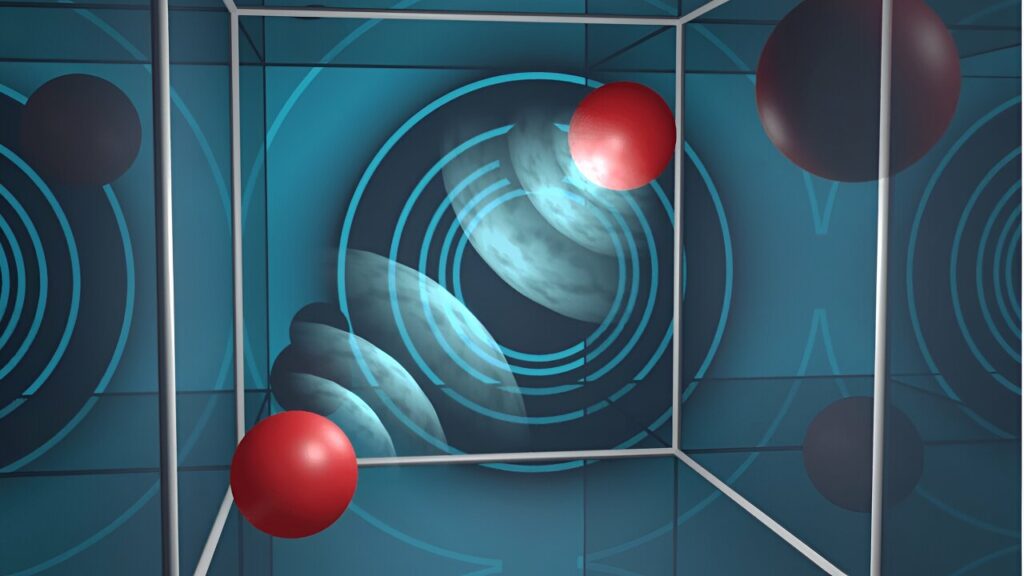Comprehending Charged Particles Aids Physicists in Simulating Element Formation within Stars
Fresh research conducted by North Carolina State University and Michigan State University introduces a novel approach for modeling low-energy nuclear reactions crucial to element formation in stars. This study establishes the foundation for calculating the interactions of nucleons, particularly when these particles are electrically charged.
Anticipating how atomic nuclei, composed of protons and neutrons (collectively known as nucleons), combine to create larger compound nuclei is a critical stride toward comprehending the processes governing element formation in stellar environments. Due to the challenging nature of experimentally measuring relevant nuclear interactions, physicists resort to numerical lattices for simulating these systems.
The finite lattice utilized in such simulations essentially serves as an imaginary boundary around a cluster of nucleons, enabling physicists to compute the properties of a nucleus formed from these particles. However, these simulations have been lacking a method to predict properties governing low-energy reactions involving charged clusters resulting from multiple protons. This gap is significant as these low-energy reactions play a vital role in various processes, including element synthesis in stars. Sebastian König, assistant professor of physics at NC State and corresponding author of the research, explains,
“While the ‘strong nuclear force’ binds protons and neutrons together in atomic nuclei, the electromagnetic repulsion between protons plays an important role in the nucleus’ overall structure and dynamics. This force is particularly strong at the lowest energies, where many important processes take place that synthesize the elements that make up the world we know. But it is challenging for theory to predict these interactions.”

Opting for a reverse approach, König and his team devised a strategy that examines the final outcomes of reactions within a lattice—specifically, the compound nuclei. They then backtrack to unveil the properties and energies involved in the reaction. “We aren’t calculating the reactions themselves; rather, we’re looking at the structure of the end product,” explains König. “As we change the size of the ‘box,’ the simulations and results will also change. From this information, we can actually extract parameters that determine what happens when these charged particles interact.” Hang Yu, a graduate student at NC State and the primary author of the study, adds,
“The derivation of the formula was unexpectedly challenging, but the final result is quite beautiful and has important applications.” Utilizing this information, the team formulated a mathematical expression and validated it against benchmark calculations, ensuring accuracy and readiness for future applications. “This is the foundational work that guides us on how to scrutinize a simulation to extract the necessary data for enhancing predictions in nuclear reactions,” notes König.
“The cosmos is enormous, but to understand it, you have to look at its tiniest components. That’s what we’re doing here—focusing on the small details to better inform our analysis of the bigger picture.” Hang Yu, the first author of the study, is a graduate student at NC State. Dean Lee, a professor of physics and the theoretical nuclear science department head at the Facility for Rare Isotope Beams at Michigan State University, collaborated on the study. Lee was previously affiliated with NC State and currently holds the position of adjunct professor of physics at NC State.
This article is republished from PhysORG under a Creative Commons license. Read the original article.
Do not forget to share your opinion with us to provide you with the best posts !





0 Comments